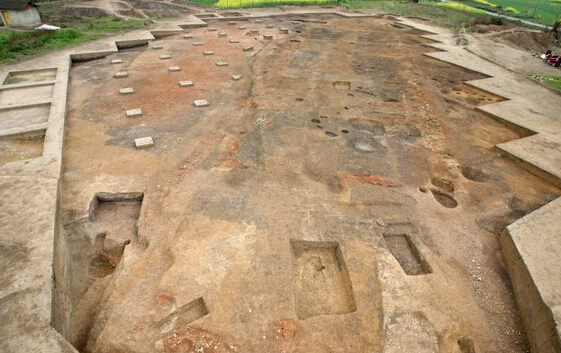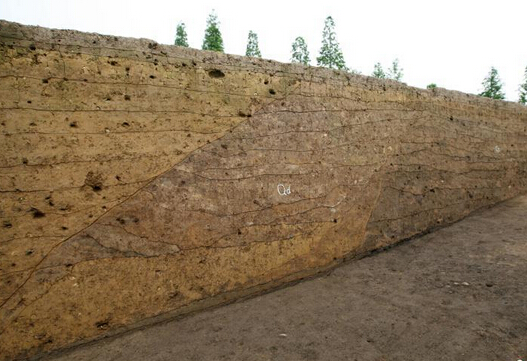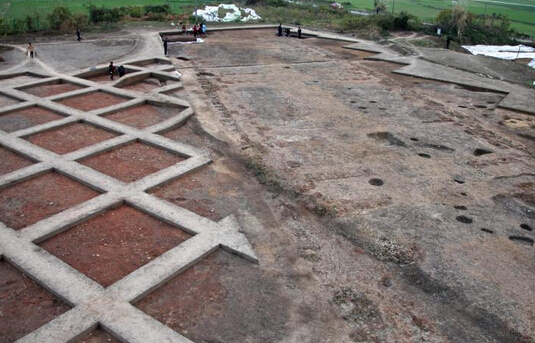New discoveries at Sanxingdui site unlock lost civilization
From:People's Daily NetWriter:Gao YinanDate:2016-02-02
After five consecutive years of excavations, Chinese archaeologists have unearthed the northern section of the city wall at the Sanxingdui site, and found that the area most likely belonged to the ancient state of Shu in present day Sichuan province, according to the provincial archaeological research institute on Thursday.
Experts say the discovery of the walls finally gives them a complete outline of the city. (CNS/Zhong Xin)

The northern city wall at the ancient Sanxingdui site in Sichuan province has been uncovered. (CNS/Zhong Xin)

Experts hope to find the tombs of past emperors, following the discovery of the ancient city walls. (CNS/Zhong Xin)

Potteries unearthed in the H105 pit of Qingguanshan, Sanxingdui site. (CNS/Zhong Xin)
Sanxingdui is believed to have once been the largest city in southern China during the Shang Dynasty between 1600 BC and 1046 BC, and may have had its own emperor. The ancient Chinese city is even older than Rome, which was founded in 753 BC. But Sanxingdui remained hidden for thousands of years, and was only discovered again in 1929.

